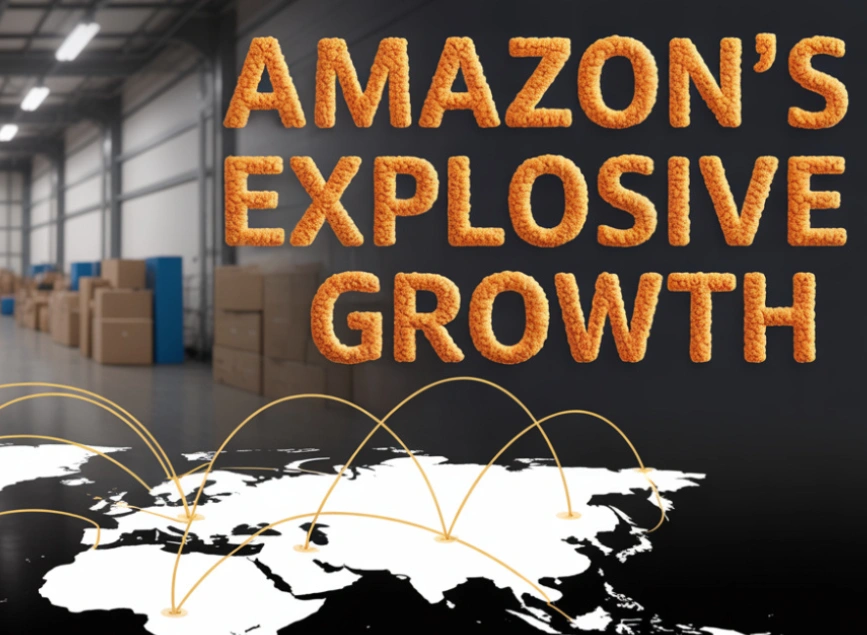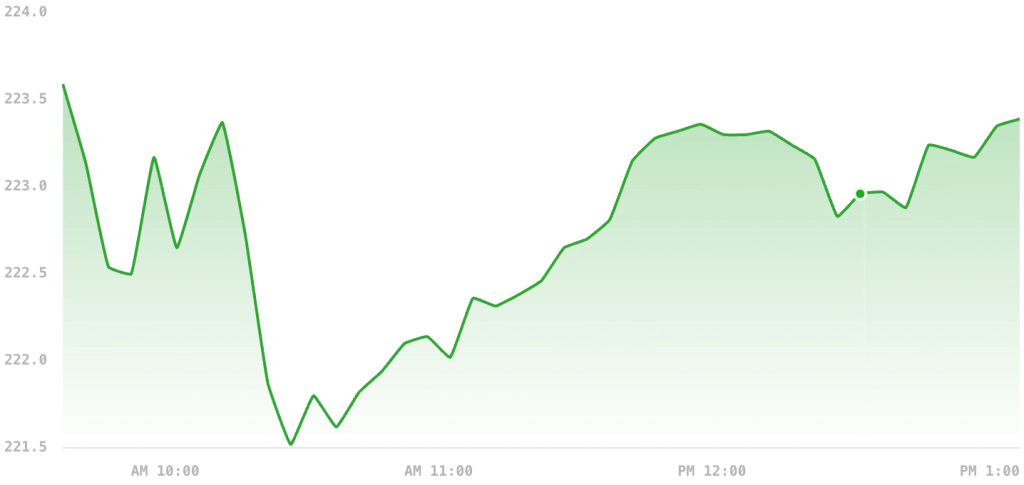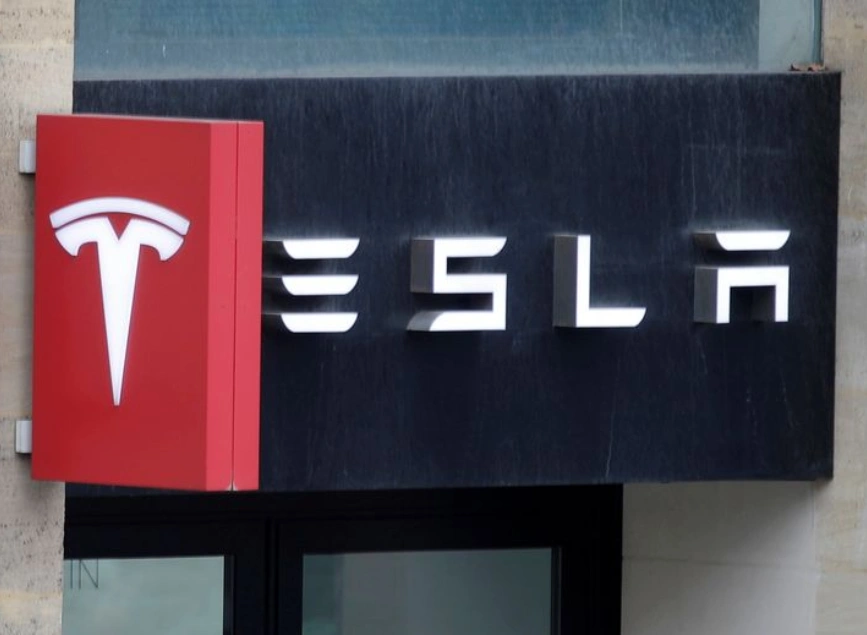
From Books to Billions: The Amazon Success Story Unpacked
Estimated reading time: 3 minutes
Table of contents
The Amazon success story is truly remarkable. What if we told you the world’s largest online retailer started in a garage with a desk made of a door?
Amazon’s journey from a modest startup in 1994 to a trillion-dollar tech titan is more than an inspiring business tale, it’s a real-world blueprint for innovation, risk-taking, and long-term thinking. Whether you’re an entrepreneur, investor, or just curious about how global brands are built, Amazon’s success story offers lessons you don’t want to miss.
The Humble Beginnings of Amazon
Jeff Bezos founded Amazon in a Seattle garage, initially as an online bookstore. He identified a trend: internet usage was growing by 2,300% per year. That statistic alone pushed him to quit his high-paying Wall Street job.
Armed with a clear mission and limited capital, he started with books because they were:
- Easy to ship 📦
- Universally in demand 📚
- Cheap to stock in bulk
By 1997, Amazon went public, facing early losses but winning customer loyalty through relentless innovation and service.
6 Core Strategies That Powered Amazon’s Growth

1. Customer Obsession, Not Competition
Bezos famously said:
“We’re not competitor-obsessed, we’re customer-obsessed.”
From easy returns to 1-click ordering, Amazon kept customers at the center. That earned trust—and repeat business.
2. Think Long-Term (Even When It Hurts)
Amazon was ridiculed for years for not turning a profit. But Bezos reinvested heavily in:
- Tech infrastructure
- Warehousing
- Amazon Web Services (AWS)
It paid off in the long run. For entrepreneurs, this is a reminder: sacrifice short-term profit for long-term gain when the foundation is solid.
3. Relentless Expansion
Amazon didn’t stop at books. Over time, they added:
- Electronics
- Apparel
- Groceries
- Streaming (Prime Video)
- Cloud services (AWS)
The model? Start small, then scale strategically.
4. Built-In Ecosystems
With Amazon Prime, the company created a loyalty program that:
✅ Encouraged more spending
✅ Reduced churn
✅ Increased customer lifetime value
This turned Amazon from a store into an ecosystem.
5. Owning the Supply Chain
Amazon gradually built its own delivery and fulfillment networks. No more dependency on third-party logistics.
This gave them:
- Faster delivery times
- Greater control over quality
- Lower operational costs
6. Data, Automation & AI
Amazon uses algorithms for product recommendations, warehouse operations, and pricing. Everything is data-backed and optimized.
Lessons You Can Apply from Amazon’s Success
| Principle | How It Helps You |
|---|---|
| Customer Obsession | Build loyalty and long-term trust |
| Reinvestment Strategy | Don’t chase fast profits, build real value |
| Diversification | Don’t rely on one income or product stream |
| System Thinking | Create scalable, repeatable business systems |
| Tech & Innovation | Leverage tools to stay ahead of the curve |
💡 Whether you’re growing a business or trading markets, these principles create resilience and compound returns over time.
Read More: Elon Musk: Visionary Risk-Taker and What Traders Can Learn from Him
🧩 FAQs
❓ What was Amazon’s original business model?
Amazon started as an online bookstore, focusing on fast delivery, large inventory, and customer satisfaction.
❓ How long did it take Amazon to become profitable?
Amazon took nearly 7 years to turn its first annual profit (2003), proving the power of long-term vision.
❓ What is Amazon’s most profitable division?
Amazon Web Services (AWS) is now the company’s biggest profit driver, showing how cloud computing became their hidden gem.
❓ Why is Amazon considered a tech company?
Beyond retail, Amazon builds platforms, develops AI tools, and leads in cloud computing, far beyond traditional retail.
📌 Conclusion: Small Starts, Giant Outcomes
Amazon’s success proves that vision beats resources when paired with discipline, strategy, and obsession with improvement. Whether you’re launching your first product or planning your next investment, remember:
Big things often start in small garages.
Share
Hot topics

Best Forex Trading Hours for Iranian Traders
The Forex market operates 24-hours a day, but clearly not every hour, equal it could even be every trading session, is profitable. There are times when the market sleeps, is...
Read more




Submit comment
Your email address will not be published. Required fields are marked *